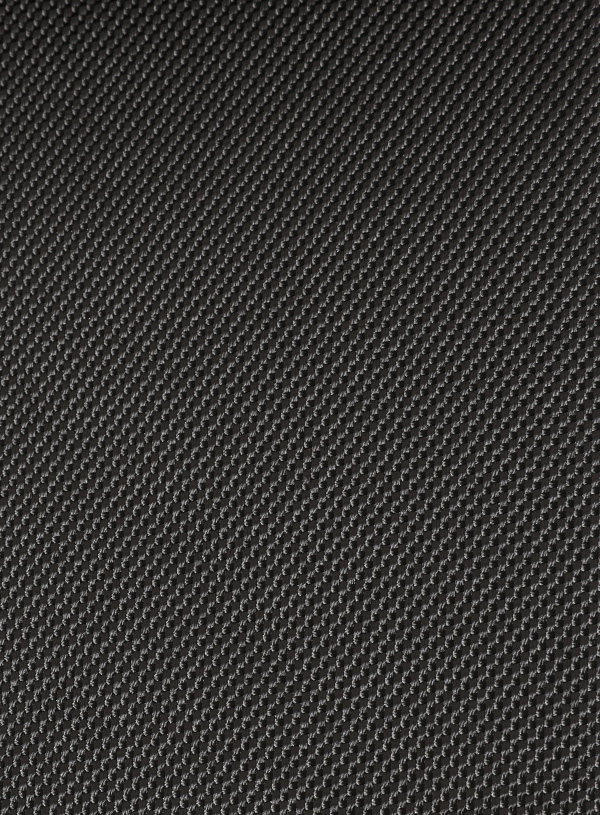Product Consultation
Your email address will not be published. Required fields are marked *



How does polyester recycled fabric perform?
Oct 13,2023
What are the environmental benefits of using recycled luggage fabric?
Oct 25,2023Your email address will not be published. Required fields are marked *
We have our own laboratory and the most advanced testing equipment in the industry to ensure product quality.
